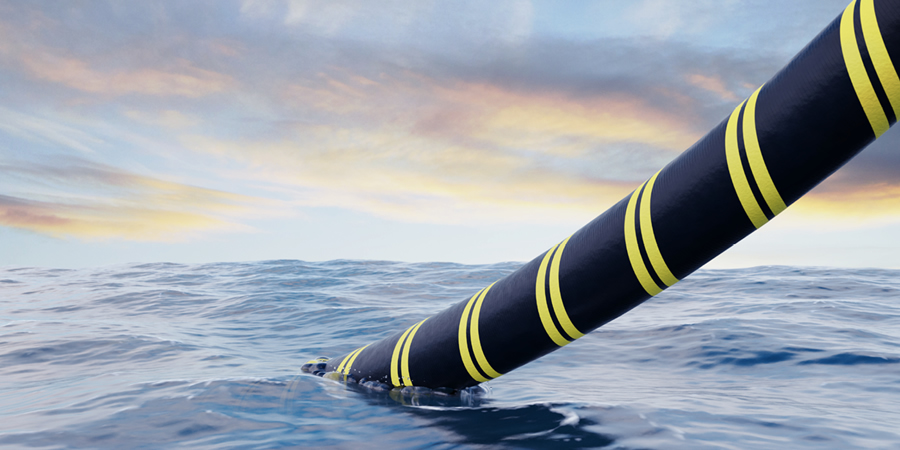Following security concerns from US officials, it has been announced that Google and Facebook have scrapped plans for a giant subsea cable from Los Angeles to Hong Kong.
The Pacific Light Cable Network (PLCN) was first announced in 2016, with backing from Google, Facebook and other companies including Pacific Light Data Communication and TE SubCom.
The PLCN is a high-capacity fiber-optic undersea cable running for approximately 12,800km under the Pacific Ocean between Hong Kong and Los Angeles. In 2016, Google said that the PLCN would have an estimated capacity of 120TB per second, making it the highest capacity trans-Pacific route.
“In other words, PLCN will provide enough capacity for Hong Kong to have 80m concurrent HD video conference calls with Los Angeles,” the company said at the time.
The 12,800 km long cable has already been laid, costing hundreds of millions of dollars. However it needs permission from the US Federal Communications Commission (FCC) in order to operate.
Breakdown of plans
A US government committee, known as Team Telecom, raised concerns about Dr. Peng Telecom and Media Group’s involvement, citing its "relationship with Chinese intelligence and security services".
While Google and Facebook can be considered the most high-profile stakeholders, much of the cable’s fiber optics belong to Pacific Light Data Communication, which is owned by Dr. Peng Telecom.
In light of these concerns and the delays they were causing, Google sought permission from the FCC to activate only the self-owned portions of the subsea cable network in February 2020, effectively cutting Pacific Light Data Communication from the project.
In April of this year, Google were awarded temporary authority for construction and testing. The FCC said it would allow the company to operate the segment of cable between the US and Taiwan – but not Hong Kong – for six months, pending a final disposition of the license application.
However, as tensions between the US and China continue to grow, it became increasingly likely that US officials would reject the use of the cable on the grounds of national security.
What’s happening now?
While the special temporary authority wasn’t due to expire until the end of September, Bloomberg reported a few weeks ago that Google and Facebook have dumped their original plans for a subsea cable between the US and Hong Kong.
Instead, the companies submitted a revised proposal that incorporates the links to Taiwan and the Philippines, but crucially leaves out Hong Kong-based Pacific Light Data Communication.
A spokesperson for Google told the BBC: “We can confirm that the original application for the PLCN cable system has been withdrawn, and a revised application for the US-Taiwan and US-Philippines portions of the system has been submitted.
“We continue to work through established channels to obtain cable landing licenses for our undersea cables.”
While the fight to use the PLCN drags on, Google also announced in July of this year that it is building another subsea cable, named the ‘Grace Hopper’ cable, connecting the UK, US and Spain.
The cable marks Google’s first investment in a private subsea cable route to the UK and its first ever route to Spain. Today, 98pc of international internet traffic is carried around the world by subsea cables.
